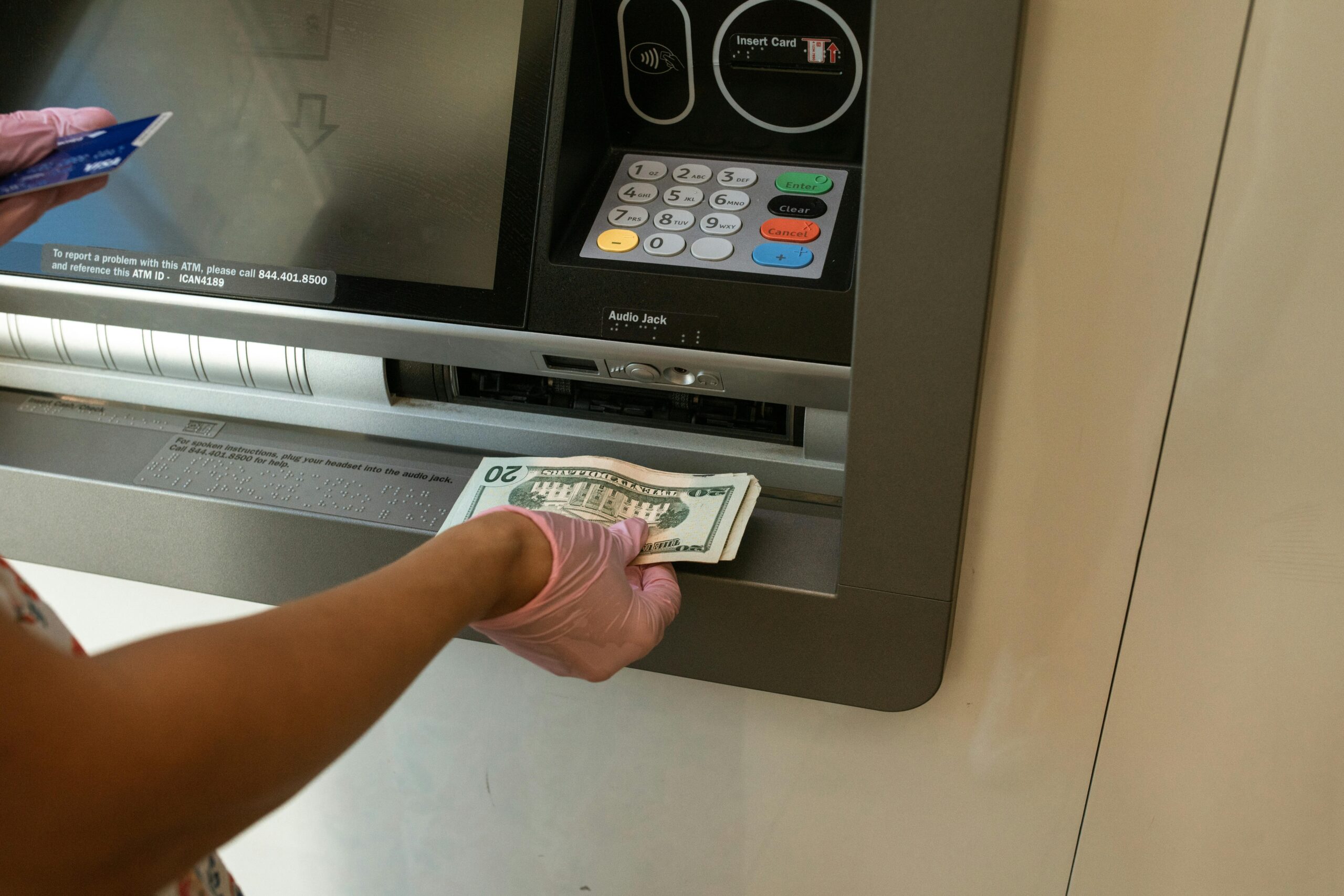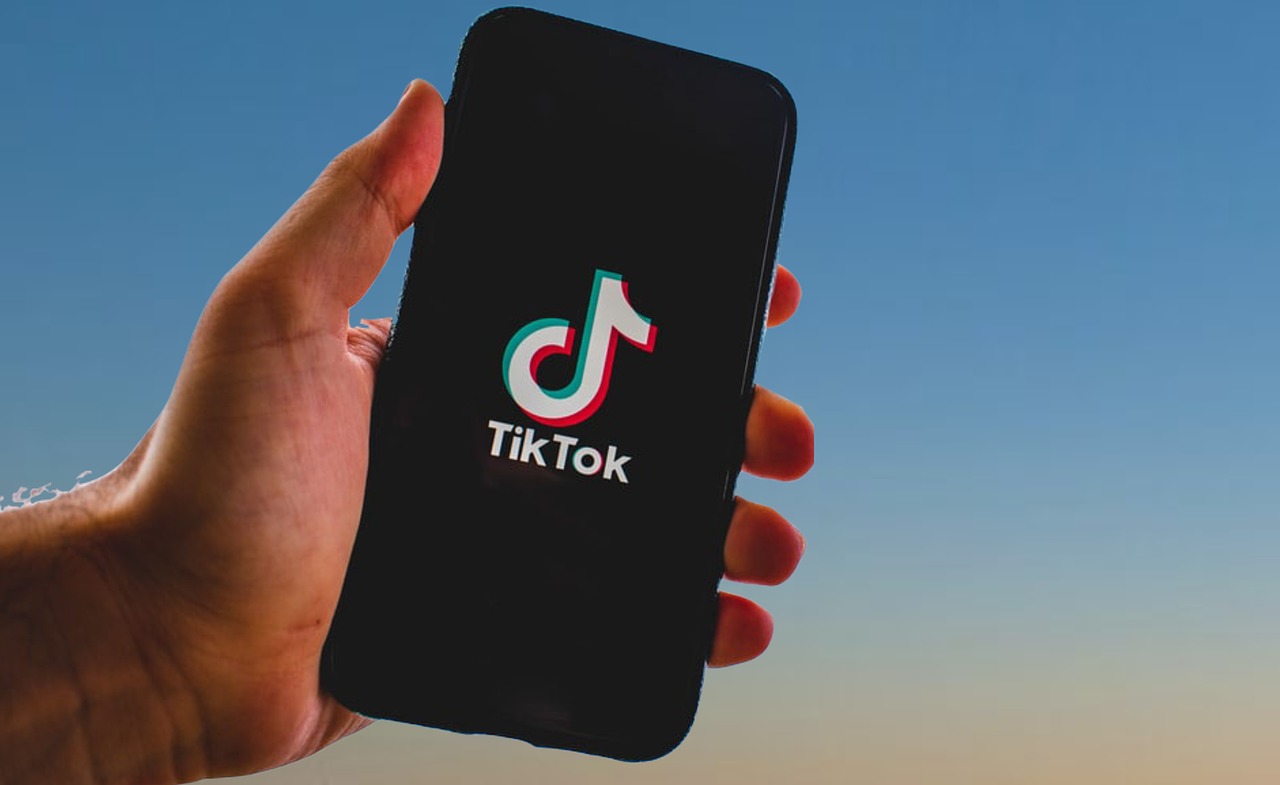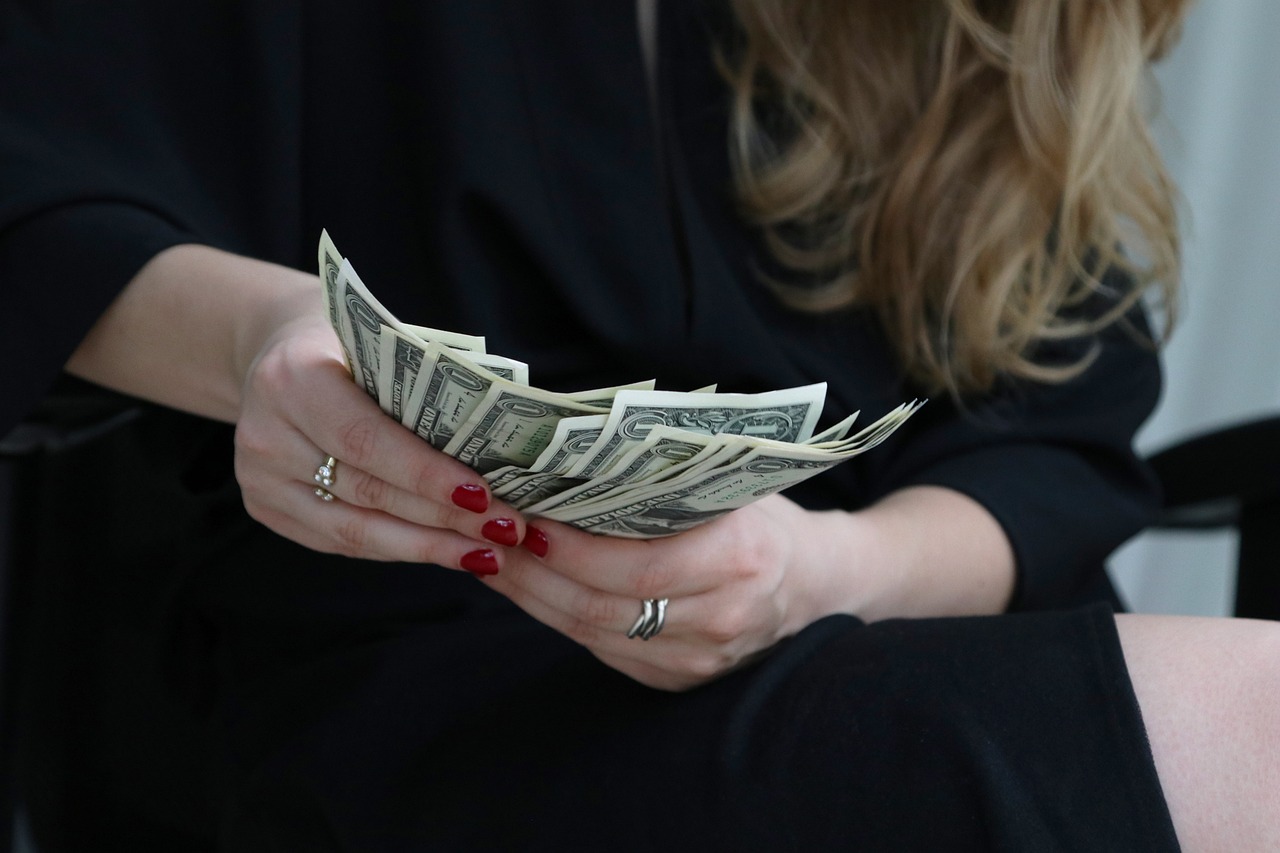GCash cash out fee refer to the small charges applied when you withdraw money from your GCash wallet whether it’s through bank transfers, ATMs, or over-the-counter outlets. As of 2025, most users pay a ₱15 fee for InstaPay transfers to banks, while ATM withdrawals and cash outs at partner outlets may cost between ₱10–₱18 or 1–2% of the amount. Knowing these fees helps you choose the most cost-efficient way to access your funds.
As of 2025, GCash remains one of the most widely used digital wallets in the Philippines. But as convenient as it is, many users are still confused about one thing: Gcash cash out fee.
Whether you’re sending funds to your bank account, withdrawing cash, or using over-the-counter partners, it’s important to know how much you’re actually paying for each transaction.
In this guide, we’ll break down:
- The different ways to cash out from GCash
- Updated cash out fees for 2025
- How to reduce or avoid charges
- Step-by-step cash out process and safety tips
What Is GCash?
GCash is a popular mobile wallet and financial app in the Philippines. It allows users to do a wide range of money-related tasks straight from their smartphones—without needing a bank account. With GCash, you can:
- Send and receive money
- Pay bills (electricity, water, internet, etc.)
- Buy load for mobile phones
- Shop online or in stores that accept GCash
- Invest, save money, or even apply for credit
It’s widely used because it’s simple, fast, and easy to access. All you need is a mobile number to register, and you can start doing cashless transactions anytime, anywhere. GCash is powered by Mynt, which is a joint venture between Globe Telecom, Ayala Corporation, and Ant Financial (an affiliate of Alibaba Group).
What Does ‘Cash Out’ Mean in GCash?
In GCash, “Cash Out” refers to withdrawing money from your GCash wallet and transferring it to either:
- A bank account
- An ATM (via GCash Mastercard)
- An over-the-counter partner outlet
Many users confuse “cash out” with “bank transfer,” but here’s the difference:
- Cash Out: General term for withdrawing money from GCash.
- Bank Transfer: A specific cash out method that uses InstaPay or PESONet to send money to a bank.
💡 Common Reasons for Cashing Out:
- Sending money to personal or business bank accounts
- Withdrawing physical cash for emergencies
- Paying suppliers, rent, or utility bills outside the GCash ecosystem
🏧 Cash Out Methods in 2025:
- Bank Transfers (InstaPay or PESONet)
- ATM Withdrawal via GCash Mastercard
- Over-the-Counter Withdrawal at Partners
GCash Cash Out Methods & Associated Fees
1. GCash to Bank Transfers
GCash allows users to transfer funds to over 40 local banks using InstaPay or PESONet.
InstaPay (Most Common Method)
- Fee: ₱15 per transaction (as of 2025)
- Speed: Real-time
- Limits:
- Daily: ₱50,000 (depending on verification level)
- Per Transaction: Varies by bank
PESONet (Alternative Option)
- Fee: Often free for select banks like BPI or UnionBank
- Speed: End-of-day or next banking day
- When to use: For larger amounts or non-urgent transfers
🏦 Supported Banks:
BDO, BPI, Metrobank, Landbank, RCBC, UnionBank, Security Bank, and many more.
2. GCash ATM Withdrawal via GCash Mastercard
If you own a GCash Mastercard, you can withdraw money directly from any ATM.
Fees and Limits:
- ATM Withdrawal Fee: ₱10–₱18 (varies by ATM provider)
- Daily Withdrawal Limit: ₱50,000
- Max per transaction: ₱10,000 (may depend on the ATM)
How to Get a GCash Mastercard:
- Open the GCash app
- Tap “View All” > “Cash Out” > “GCash Mastercard”
- Order online or buy from authorized stores
3. GCash Over-the-Counter Cash Out
GCash has partnered with hundreds of remittance and payment outlets like:
- Palawan Express
- Cebuana Lhuillier
- Villarica Pawnshop
- Tambunting
- TrueMoney
Typical Fees:
- 1% to 2% of the total cash out amount
- Sample: Cashing out ₱1,000 may incur a fee of ₱10–₱20
Sample Fee Chart:
| Amount | Estimated Fee | Total Cost |
|---|---|---|
| ₱500 | ₱5–7 | ₱507 |
| ₱1,000 | ₱10–12 | ₱1,012 |
| ₱5,000 | ₱50–75 | ₱5,075 |
Bring a valid ID and reference number for successful transactions.
Why does GCash charge ₱15 for InstaPay transfers?
GCash charges a ₱15 fee for InstaPay transfers to cover the service costs of using the InstaPay network, which is managed by the BSP (Bangko Sentral ng Pilipinas) and its partner banks. Here’s a breakdown of why this fee exists:
📌 1. InstaPay is a Real-Time Payment Service
- InstaPay allows instant money transfers between different banks and e-wallets 24/7.
- This convenience comes with processing costs that GCash passes on as a small fee.
📌 2. It Covers Processing and Transaction Fees
- Every InstaPay transaction involves system, security, and partner bank fees.
- The ₱15 fee helps maintain system reliability, speed, and security.
📌 3. Helps Maintain GCash’s Free Core Services
- GCash keeps features like bills payment, QR payments, and wallet-to-wallet transfers free.
- Charging for InstaPay ensures the platform remains sustainable without needing subscription fees.
✅ Tip to Avoid the ₱15 Fee:
Use PESONet transfers (available on GCash) when possible. Some linked banks like BPI or UnionBank offer free transfers via this method.
Visual Guide: GCash Cash Out Fee Comparison
Cash Out Methods Comparison Table
| Method | Fee | Speed | Notes |
| GCash to Bank (InstaPay) | ₱15 | Instant | Most convenient |
| GCash Mastercard (ATM) | ₱10–₱18 | Instant | Depends on ATM provider |
| Over-the-Counter Partners | ~1–2% of amount | Instant | Bring valid ID for withdrawal |
How to Reduce or Avoid GCash Cash Out Fees
Looking to save more? Try these tips:
1. Use BPI or UnionBank
- Link these banks directly to GCash
- Zero fees via PESONet
- Great for scheduled transfers
2. Transfer During Promos
- GCash occasionally waives InstaPay fees
- Watch for in-app notifications and promos
3. Increase GCash Wallet Limit
- Fewer transfers = fewer fees
- Upgrade to a verified GCash account to raise limits
Step-by-Step Guide: How to Cash Out from GCash to Bank
- Open the GCash app
- Tap “Transfer” or “Bank Transfer”
- Select your desired bank
- Input account name, account number, and amount
- Review and confirm the ₱15 InstaPay fee
- Tap “Send Money”
- Receive SMS confirmation within seconds
Tips for Safe and Efficient Transfers
- ✅ Double-check bank account numbers before sending
- 🕐 Transfer during off-peak hours to avoid delays
- 📲 Track activity in the GCash transaction history tab
- 🔒 Never share OTP or personal info via SMS or unknown links
FAQs
1. Is there a free way to cash out from GCash?
Yes! Use BPI or UnionBank via PESONet transfers to avoid the ₱15 InstaPay fee.
2. Why am I being charged ₱15 for GCash to bank transfer?
That’s the InstaPay convenience fee for real-time bank transfers. It applies to most banks.
3. Are GCash fees the same for all banks?
Mostly, yes. The InstaPay fee is ₱15 for supported banks, but PESONet transfers may be free depending on the bank.
4. Can I cancel a bank transfer after sending?
No. Once confirmed, GCash transfers are irreversible. Always double-check details.
5. What’s the maximum I can cash out daily?
- ₱50,000 per day for fully verified users
- Limits may vary based on transaction type or method used
Conclusion
GCash makes money transfers fast and easy, but fees can add up if you’re not careful.
To recap:
- Bank transfers cost ₱15 per transaction via InstaPay
- ATM withdrawals cost ₱10–₱18
- Over-the-counter cash outs charge ~1–2%
Choose the method that best fits your needs. If speed matters, InstaPay works best. If you want to save on fees, try BPI or UnionBank transfers.
Final tip: Always plan your transfers and know your limits to avoid surprise charges.
Disclaimer
This article is for informational purposes only. Fees and features may change. All rates mentioned are based on publicly available data as of 2025. Always check your GCash app or the official website for the most accurate and up-to-date information.



